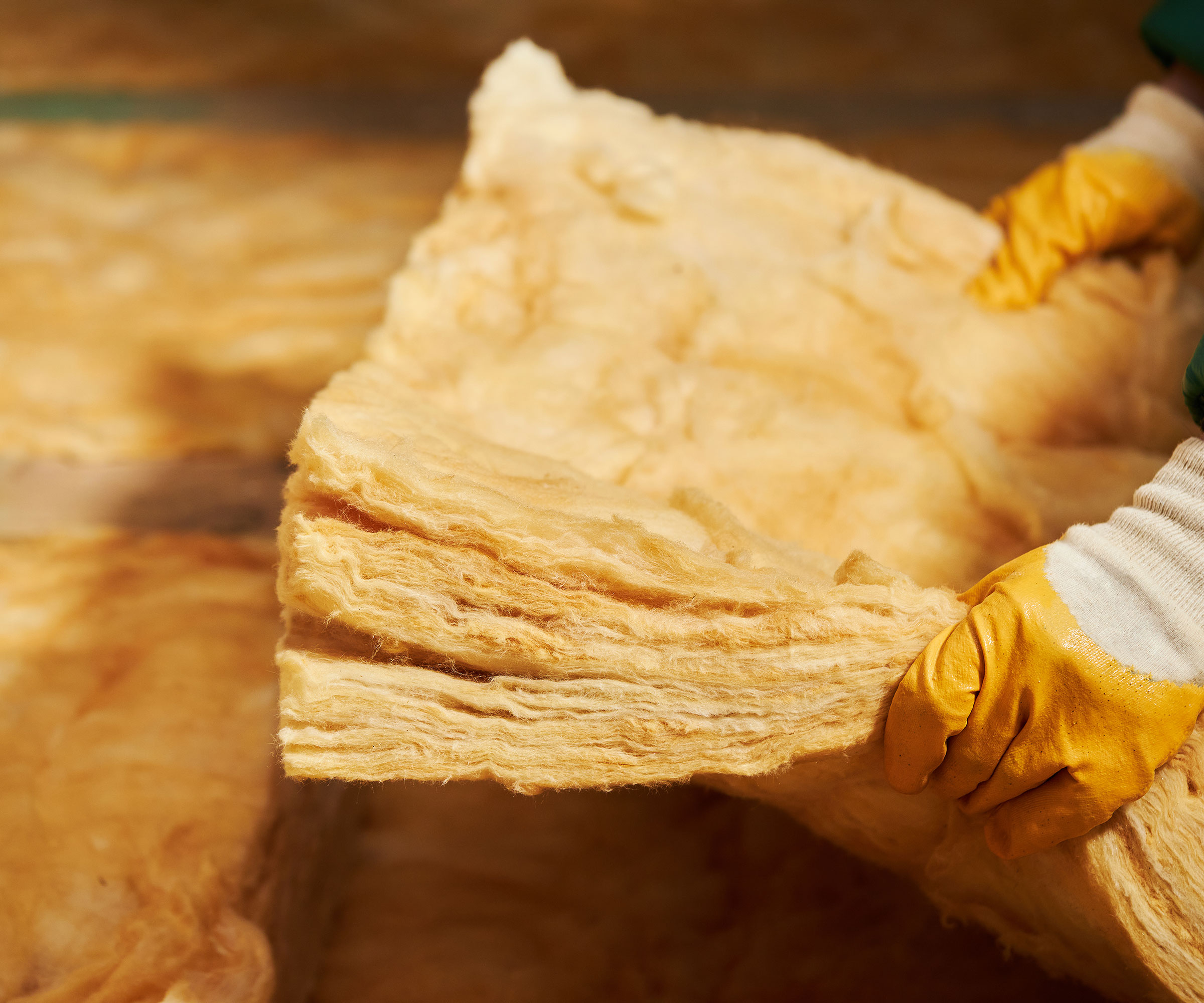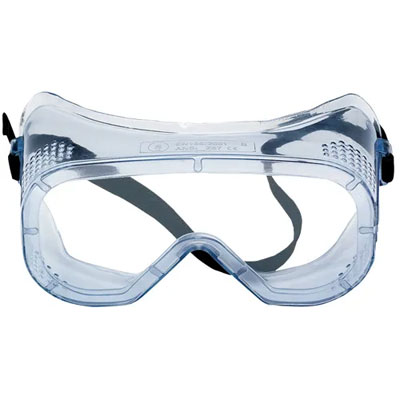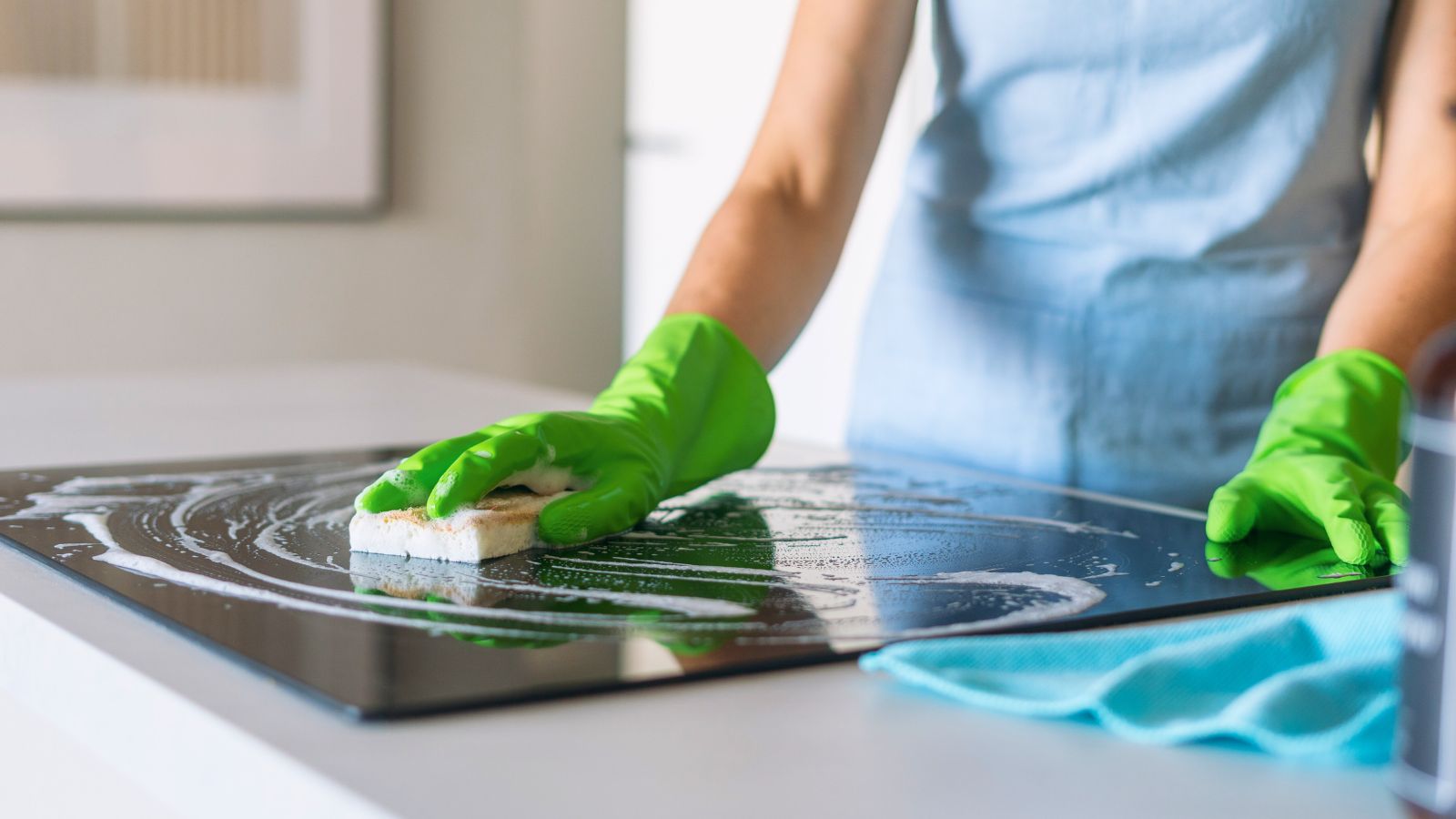'Removing loft insulation is tough, messy and can be dangerous,' say the experts – here's how to do it safely and correctly
There are many reasons why removing loft insulation might be a job on your to-do list. Our guide is here to explain everything you need to know

If you are facing the task of removing loft insulation, chances are you might not exactly be looking forward to tackling what is usually a pretty messy job, certainly more so that insulating a loft from scratch.
“Taking out old loft insulation isn’t always as simple as it sounds, especially if it’s been there a long time," explains Ben Mansfield, co-founder at Apex Innovations. "Over the years, it can get squashed down, damp or even dirty with dust and pests. And in older homes, there’s a chance it might have asbestos, which is really serious if it gets disturbed."
All of that said, this is most certainly a job well worth doing for all the benefits it brings with it. Our guide explains everything you need to know to ensure the project is a success, as well as looking at whether it really is a task to undertake on a DIY basis.
Ben Mansfield is a property expert and co-founder of Apex Innovations. With over 10 years’ experience working on homes across the UK, Ben has hands-on knowledge of everything from renovations to insulation and loft conversions.
Why is removing loft insulation necessary?
At this point you may well be wondering why you might need to remove loft insulation, given the generally unpleasant nature of the task. There are, in fact, a few different reasons homeowners undertake the project.
"You may need to remove loft insulation if it's water-damaged, infested with pests, or has deteriorated over time," picks up Farook Member, director and home improvement expert at QS Supplies. "Old insulation can become compressed or mouldy, which makes it less effective.
"Some older homes have insulation like vermiculite, which contains asbestos – a major risk to people's health – and this must be dealt with by professionals," continues Farook. "You'll likely need to remove it if you're carrying out a loft conversion, particularly if the existing insulation is no longer up to building regulation standards or is in the wrong position for the new layout."
Joshua Weston, founder of Fourth Wall Building Consultancy, lists a few more reasons why loft insulation removal might be required.
Bring your dream home to life with expert advice, how to guides and design inspiration. Sign up for our newsletter and get two free tickets to a Homebuilding & Renovating Show near you.
"Poor quality installation or improper materials are easily the most common reasons for removal," says Joshua. "This is usually caused by a lack of appropriate skills or an oversight within construction, or poorly informed homeowners attempting to make what are complex but initially simple-appearing alterations."


Josh founded Fourth Wall in late 2020 having had a wide ranging experience of projects and professional instructions across the North West and the UK at various scales and stages of development, design and delivery. He works closely with clients and consultant teams on residential and commercial schemes, with a keen interest in appointments which provide social value and rejuvenate existing heritage sites to create interesting and engaging spaces.

Farook Member is the director of QS Supplies and a seasoned expert in the home improvement and bathroom industry. With over three decades of experience, Farook has been at the forefront of innovation and quality since founding QS Supplies in 1990.
Can you remove loft insulation on a DIY basis?
While many homeowners will be physically capable of removing old loft insulation and installing new materials, is it actually a good idea?
"While some homeowners opt for DIY removal, it's essential to consider safety," warns Joshua Weston. "Disturbing old insulation can release harmful particles. Proper tools, like HEPA vacuums, are crucial for safe removal and old insulation must be disposed of following local regulations."
"If you’re going to do this yourself, you really need to wear proper protection – a good dust mask or respirator, gloves, goggles and long sleeves to stop breathing in fibres or getting them on your skin," adds Ben Mansfield. "But if there’s any chance of asbestos, it’s best to call in the experts because it’s dangerous and strictly controlled."
Farook Member has some final words of advice here.
"This is not necessarily a DIY job," he begins. "New insulation can be taken out using safety measures and protective gear, but older insulation with contamination has to be taken out professionally. Removing insulation is tough, messy, and can be dangerous if it is not done properly."
Shop protective wear for removing loft insulation
What are the signs that loft insulation needs replacing?
If you suspect that your loft insulation needs removing, how can you be sure?
"Increased energy bills suggest the reduced efficiency of your insulation," says Joshua Weston. "Uneven temperatures and cold spots may also indicate compromised insulation. There may also ne visible damage such as signs of moisture, condensation in the loft, mould, or pest activity."
"During the winter, you can observe how effective the insulation is in a property by standing on the street and noticing if the snow and ice has melted or not," adds Kelvin Elliot, property expert and founder of Property Sales Watchdog. "If the roof tiles are clear, this indicates that warm air has risen to and through the roof rather than being insulated within the home."


Kelvin is an established expert in the property business who has had success in the industry from all sides – as a top performing mortgage advisor, as an estate agent working at one of the UK’s flagship branches, as a property developer working with £1m+ properties and as a nationwide property dealer buying and selling all kinds of homes.
Will I need to remove insulation for a loft conversion?
If your loft conversion ideas involve transforming your existing loft into habitable space, proper insulation becomes even more important.
"Where you're changing the loft into a living space, existing floor insulation will not be adequate and must be replaced or transferred to the roof slope," advises Farook Member.
"Install rigid PIR boards, mineral wool in the space amongst the rafters, or multi-foil insulation – all good thermal performers which can be utilised in order to help maintain headroom," continues Farook. "And always check the current building regs to ensure that the new insulation complies."
What should you replace old loft insulation with?
Once the old insulation has gone, you will need to replace it with new. The types of insulation you choose need to be selected with care if you want to ensure they suit what you intend on using the new space for.
"Once the old stuff is out, you want to put in new insulation that’s designed to do the job properly – things like mineral wool or rigid foam boards, which help keep the heat in and prevent damp problems," explains Ben Mansfield. "That way, your loft stays warm and dry, and you don’t waste energy.”
"Replacement options depend on the property's needs," explains Joshua Weston, who goes on to suggest the following as good choices:
- Mineral wool: Offers good thermal performance and is fire-resistant. Suitable, depending on location, for post-war properties.
- Rigid foam boards: Provide high insulation value, suitable for loft conversions. Readily available and installation generally understood.
- Natural materials: Effective in areas where moisture management needs to be considered. Examples include hemp fibre, sheep wool fibre and cork.
FAQs
Do I need to remove old loft insulation to sell my house?
If you are planning on selling your home soon, or are looking for ways to add value, removing old insulation and replacing it with new can really help on both accounts.
"Insufficient or inadequate insulation can impact the resale value of a home, due to restricting the EPC level of the property (Energy Performance Certificate)," explains Kelvin Elliot, founder of Property Sales Watchdog. "Poor insulation could be red flagged during a survey, due to inadequate quality, unsafe installation (near spot lights or live wires, or covering ventilation) and also if it is damp and causing condensation and mould.
"If the insulation is below standards, it may not pass building regulations, which could also cause issues when selling or insuring the property," adds Kelvin.
Once you have dealt with the old insulation in your loft, you should research the best types of roof insulation to ensure your replacement materials work for your space.
Natasha was Homebuilding & Renovating’s Associate Content Editor and was a member of the Homebuilding team for over two decades. In her role on Homebuilding & Renovating she imparted her knowledge on a wide range of renovation topics, from window condensation to renovating bathrooms, to removing walls and adding an extension. She continues to write for Homebuilding on these topics, and more. An experienced journalist and renovation expert, she also writes for a number of other homes titles, including Homes & Gardens and Ideal Homes. Over the years Natasha has renovated and carried out a side extension to a Victorian terrace. She is currently living in the rural Edwardian cottage she renovated and extended on a largely DIY basis, living on site for the duration of the project.




